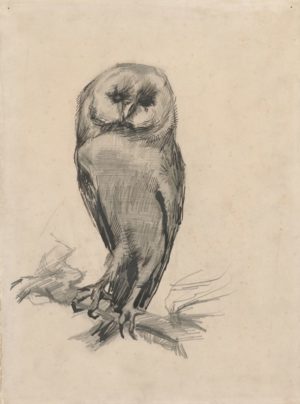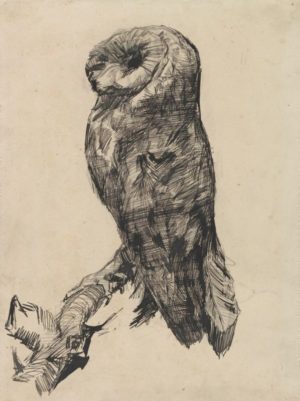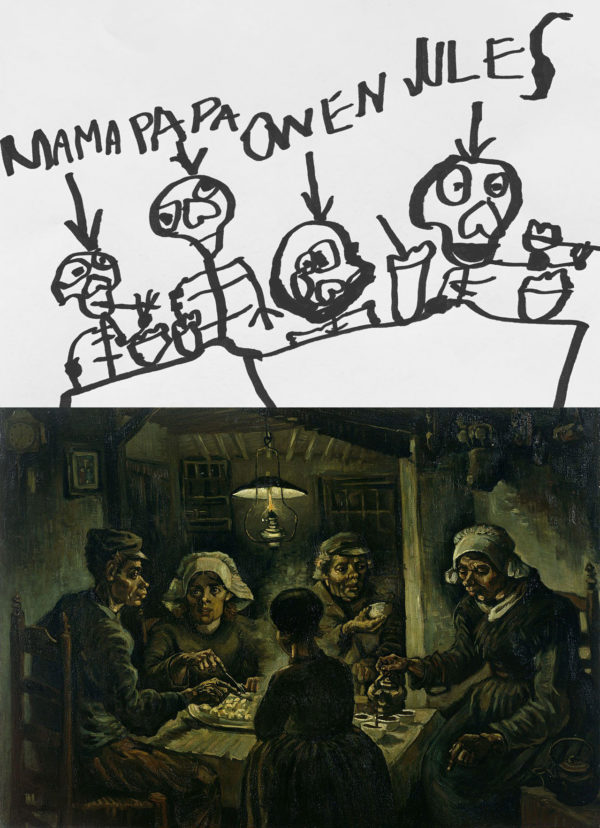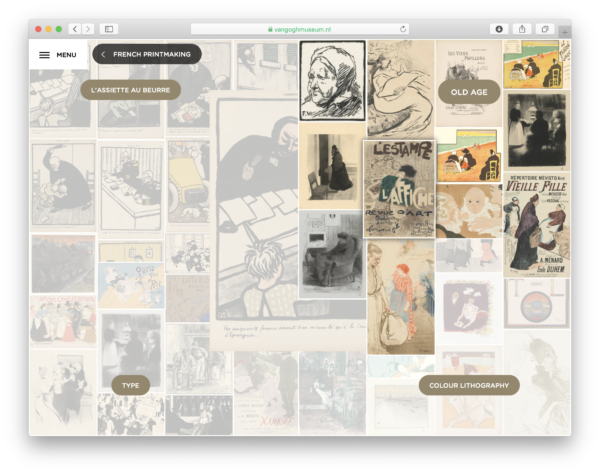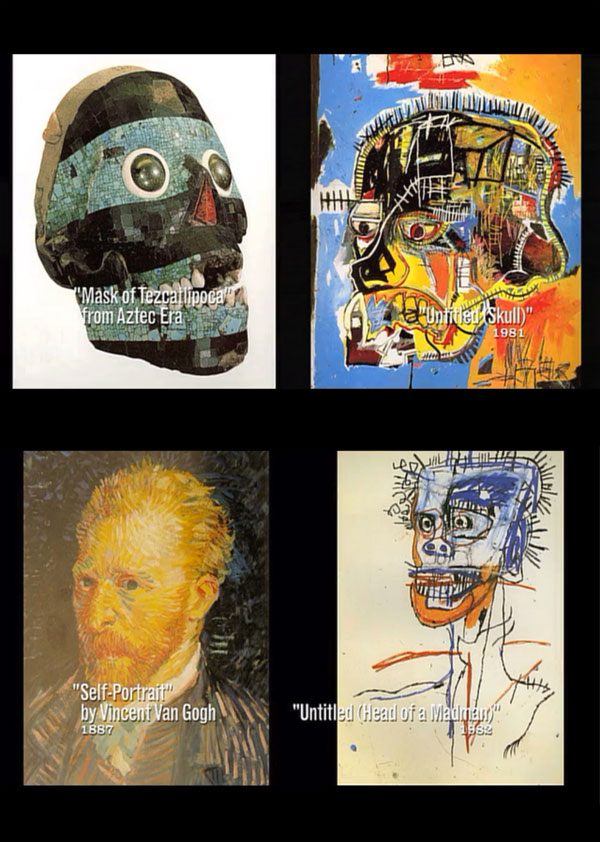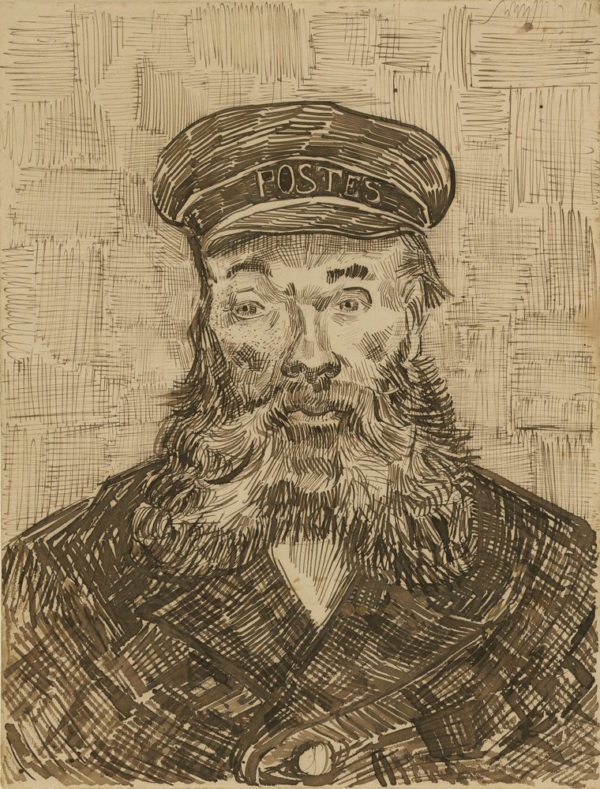
Today is Vincent van Gogh’s birthday.
On August 7, 1883, he wrote to his brother Theo that he felt an obligation, being given life, “to leave a certain souvenir in the form of drawings or paintings in gratitude.”
I love that. Art as a souvenir of our time here, made in gratitude.
Here is the whole passage:
It’s a matter of relative indifference to me whether I live a long or a short time. Moreover, I’m not competent to manage myself in physical matters the way a doctor can in this respect. So I carry on as one unknowing but who knows this one thing — ‘I must finish a particular work within a few years’ — I needn’t rush myself, for that does no good — but I must carry on working in calm and serenity, as regularly and concentratedly as possible, as succinctly as possible. I’m concerned with the world only in that I have a certain obligation and duty, as it were — because I’ve walked the earth for 30 years — to leave a certain souvenir in the form of drawings or paintings in gratitude. Not done to please some movement or other, but in which an honest human feeling is expressed. Thus this work is the goal…
(In Van Gogh: The Life, the authors mention that the artist was fond of that word, “souvenir,” and used it for many of his works. It’s worth remembering that the word comes from the Old French word meaning memory, or “to recall,” and the Latin word, subvenire, meaning “to come to mind.” )
And, because you know I’m newly obsessed with owls, here are two barn owl drawings he made in 1887: “Barn Owl Viewed from the Front” and “Barn Owl Viewed from the Side.”
